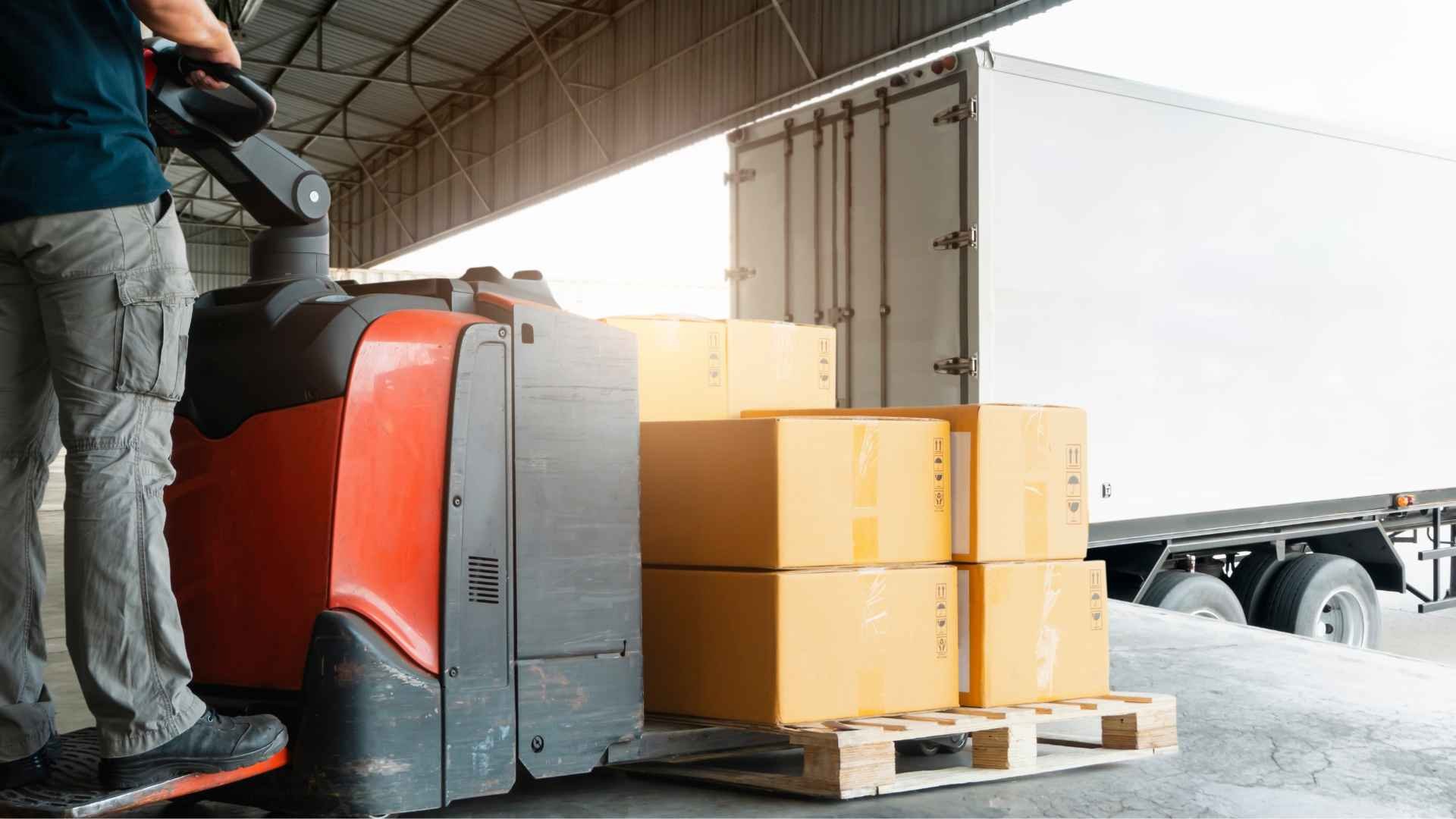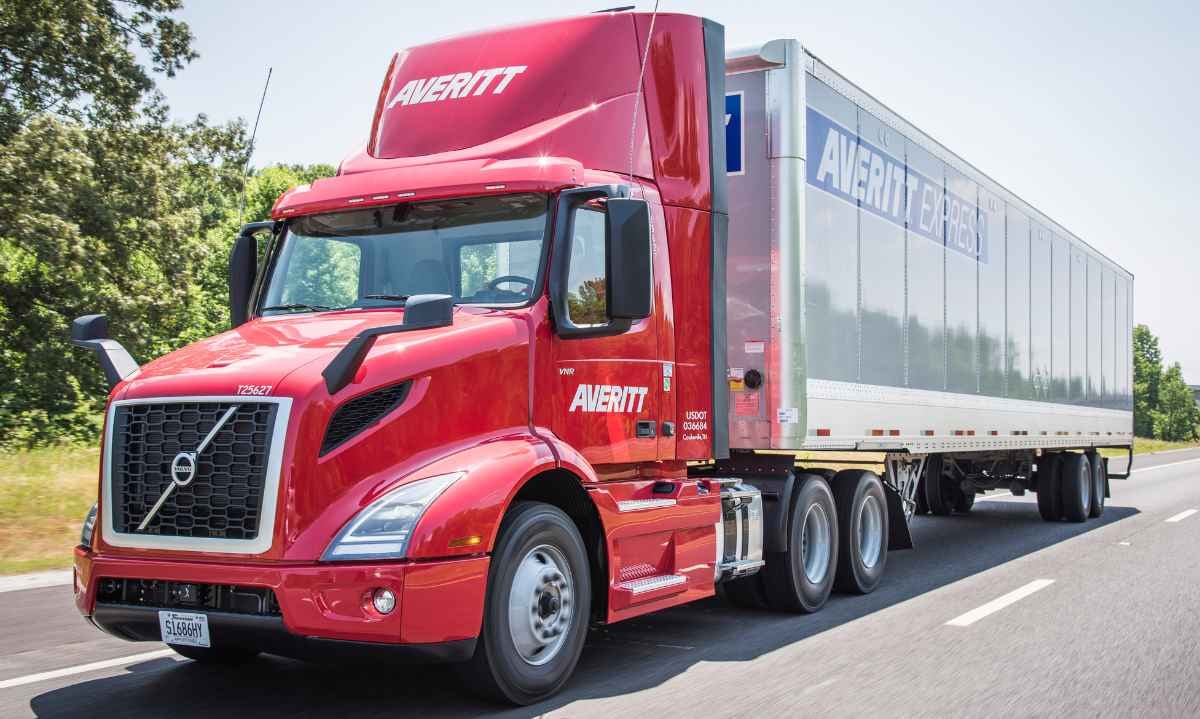Less-than-truckload (LTL) shipping is a flexible, cost-effective solution that bridges the gap between parcel deliveries and full truckload shipments. It also comes with something that doesn't exist on the Truckload side – freight classes. Understanding this intricate system of categorization is crucial for shippers since it influences cost.
In this post, we'll examine these classes and explain how they can help shippers optimize their transportation strategies while maintaining cost-efficiency.
The Creation and Purpose of Freight Classes
As the economy expanded in the early 20th century, companies began offering an increasingly diverse range of products. This variety of goods created challenges in pricing and organizing shipments, as each type of good had different shipping needs. Whether due to its size, weight, or fragility, inconsistencies and confusion in pricing and handling were common. The need for standardization was clear, which led to the creation of the freight class system by the National Motor Freight Traffic Association (NMFTA).
The National Motor Freight Classification (NMFC) system categorized goods based on specific criteria, making the shipping process more organized and transparent. With the NMFC system in place, shippers and carriers can more easily determine and agree on shipping costs.
Why Doesn’t Full Truckload Use Freight Classes?
In full truckload shipping, the specific type of commodity plays a lesser role. That's because a shipment stays on the truck during transit (as opposed to being offloaded, as in LTL). Also, only one driver and one piece of equipment are involved, regardless of how much space your goods take up.

Breaking Down the LTL Freight Class System
The categorization of LTL shipments relies on certain characteristics like an item’s density, the care required during handling, how it fits with other items (stowability), and the associated risks (liabilities). In total, there are 18 different freight classes, ranging from 50 to 500, and each represents a range of items:
50 Durable freight that fits on a standard 4’ × 4’ pallet
55 Bricks, cement, hardwood flooring, construction materials
60 Car accessories, car parts
65 Car accessories and parts, boxed books, bottled drinks
70 Car accessories and parts, auto engines, food items
77.5 Tires, bathroom fixtures
85 Crated machinery, cast iron stoves
92.5 Computers, monitors, refrigerators
100 Car covers, canvas, boat covers, wine cases, caskets
110 Cabinets, framed art, table saws
125 Small home appliances
150 Auto sheet metal, bookcases
175 Clothing, couches, stuffed furniture
200 Sheet metal parts, aluminum tables, packaged mattresses, aircraft parts
250 Mattresses and box springs, plasma TVs, bamboo furniture
300 Model boats, assembled chairs, tables, wood cabinets
400 Deer antlers
500 Gold dust, ping pong balls
It's important to understand that the freight class directly impacts the shipping cost. For instance, shipping dense items like steel bars (Class 50) will usually be more economical than shipping less dense items like canned products (Class 70). In short, the lower the rate class, the lower the rate.
The Difference Between Freight Class and NMFC Codes
Just as every commodity has a freight class, they're also assigned an NMFC code, which provides additional information. While the freight class serves as a general category, the NMFC code offers a more detailed specification. For instance, bricks and hardwood flooring might both fall into the same freight class, but their respective NMFC codes account for specific attributes such as exact dimensions, packaging types, and special handling requirements. Carriers will typically require the NMFC code when asked to provide a shipping rate to know more about the shipping requirements.
Guidelines for New LTL Shippers
For any business venturing into LTL shipping, it’s important to gain a comprehensive understanding of freight classes and NMFC codes. Here are a few simple strategies that make the process smoother and more economical:
Detail is Key:
Be thorough when describing commodities. A clear and specific description directly impacts the accuracy of class and code assignments and will help ensure that you’re billed correctly.
Leverage Others’ Expertise:
If you’re unsure about classifying your goods, don’t hesitate to reach out to your LTL carrier. Your transportation sales rep is positioned to help you succeed. These experts can assist in correctly determining both the freight class and NMFC code for your items.
Maintain Proper Records:
Get in the habit of documenting the assigned classes and codes for all your commodities. Not only does this offer a reference point for any future questions, but it also streamlines and expedites the process for future shipments.
Watch the video below to learn about Averitt's award-winning LTL services:
In Summary
LTL shipping may seem a little daunting at first, but it becomes much easier to navigate by understanding the role and use of freight classes and NMFC codes. With this knowledge, businesses can optimize their shipping processes, save time and money, and achieve dividends in the form of smoother, more efficient shipping experiences.
At Averitt, we work closely with shippers to help demystify LTL freight. In addition to offering guidance on NMFC freight classes and codes, our expert teams will ensure that your shipping operations are efficient, cost-effective, and tailored to your unique needs. Reach out today for a shipping strategy that’s streamlined, budget-friendly, and customized to your business.










